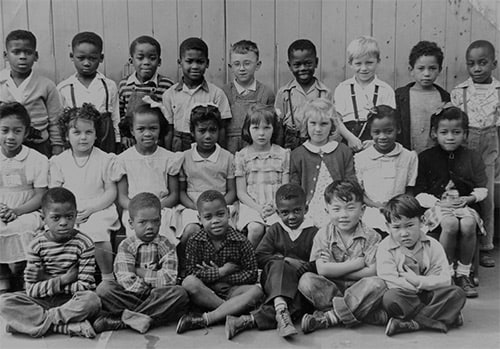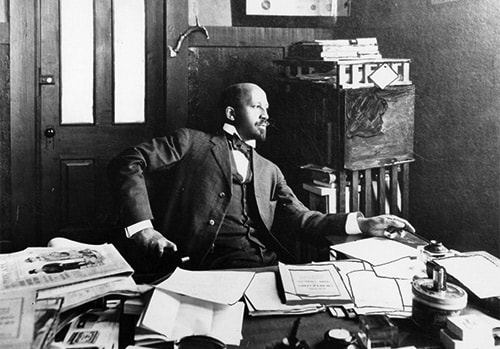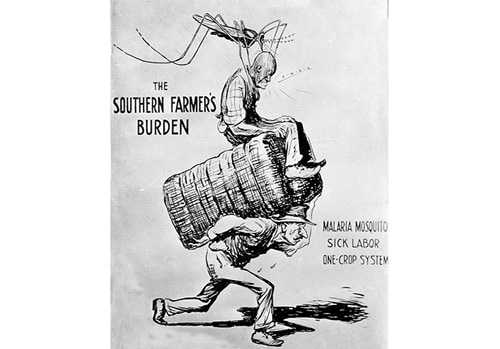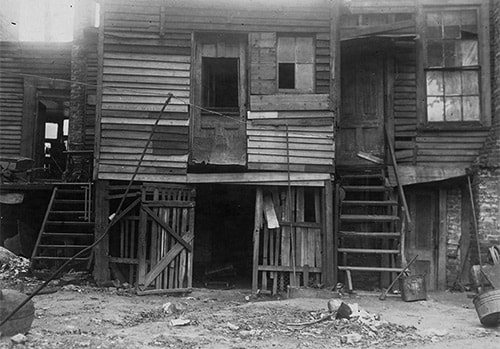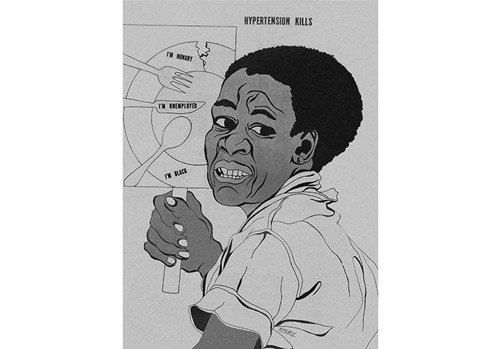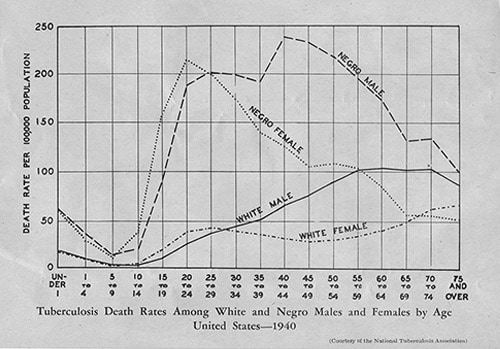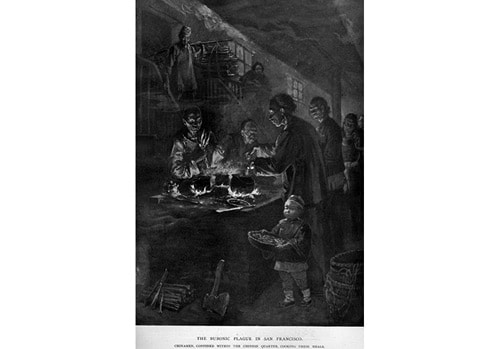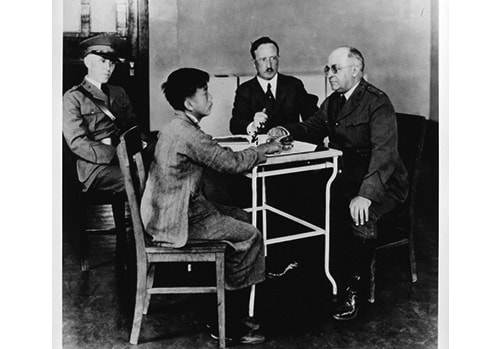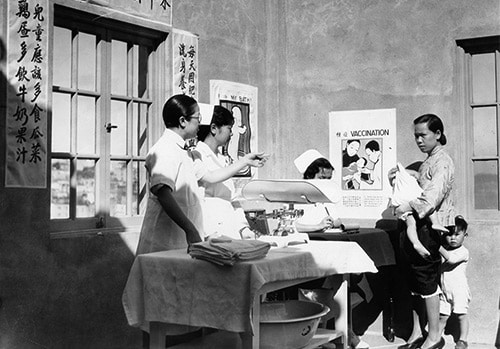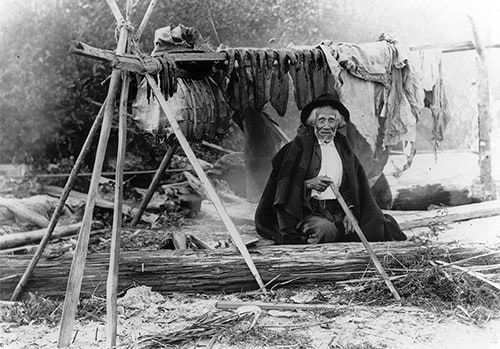Health Is a Human Right: Race and Place in America
September 28, 2013 – April 25, 2014
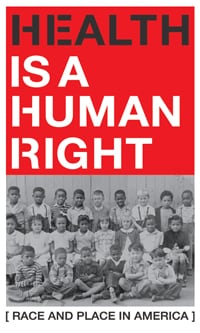
This exhibition examines some historic challenges of the past 120 years in achieving health equity for all in the U.S. We know that “race and place” are as important as personal choices in achieving our full potential. People with low-incomes, minorities, and other socially disadvantaged populations face significant inequities in opportunity for optimal health. This can lead to inequities in health, along the lines of race, ethnicity, and place.
In addition to viewing historic photographs, documents, and objects, visitors can check up on the health of their communities through interactive atlases. Videos, including one of Michelle Obama talking about access to fresh fruit and vegetables, will be integrated throughout.
Health Is a Human Right: Race and Place in America is organized and sponsored by the David J. Sencer CDC Museum, Office of the Director for Communication, and the Office of Minority Health and Health Equity, CDC; with additional support from The California Endowment through the CDC Foundation.
Image: Emerson Elementary School class picture, ca. 1947 Courtesy of Shades of San Francisco, San Francisco Public Library
Join Louise E. Shaw, Curator, David J. Sencer CDC Museum for a special tour.
Time: 12:30PM
Dates: March 13th, 26th; April 9th, 23rd
The event is free and open to the public. Reservations are required; RSVP to museum@cdc.gov .
Driver’s license or passport required for entry. Vehicle inspection required. Space is limited to 20 people per tour.
CDC
- CDC Health Disparities & Inequalities Report (CHDIR) – United States, 2011
- Office of Minority Health & Health Equity (OMHHE)
- CDC’s Racial and Ethnic Approaches to Community Health (REACH) initiative
US Government
- The National Partnership for Action to End Health Disparities A Strategic Framework for Improving Racial/Ethnic Minority Health and Eliminating Racial/Ethnic Health Disparities: V. Conclusions External
- Healthy People 2020 – Social Determinants of Health (SDOH)External
- Sustainable Housing and Communities External
- White House Initiative on Asian Americans and Pacific IslandersExternal
- White House Initiative on Educational Excellence for HispanicsExternal
- White House Initiative on Historically Black Colleges and UniversitiesExternal
- Institute of Medicine (IOM) Roundtable on the Promotion of Health Equity and the Elimination of Health DisparitiesExternal
